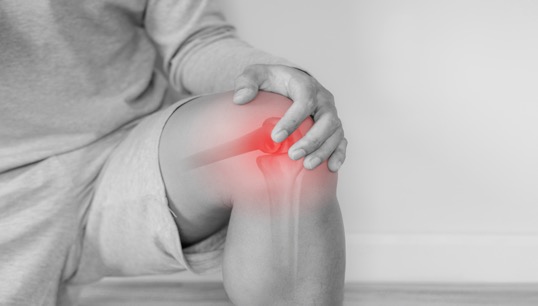
The shipping industry needs to adopt targeted health and safety strategies to combat rank-specific accidents and medical conditions, a new report has warned.
Research published in the British Medical Journal (BMJ) found that ratings had 'significantly higher' rates of reported injury and disease than officers and that seafarers in the deck department were almost twice as likely to suffer injuries than their colleagues in the engine room.
The study – which draws from four years of data on requests for assistance from the crews of CMA CGM containerships to the CIRM telemedical centre in Italy – concludes that preventive health and safety policies need to be more closely based on risk factors.
Of the 423 cases analysed by the researchers, 80% involved diseases and 20% were injuries. The most common causes of illness were gastrointestinal disorders, followed by musculoskeletal problems and cardiovascular conditions.
Almost one-third of injuries involved hands or wrists, 21% were knees or lower legs, 13% to the head or eyes, and 12% to the lower back or lumbar spine.
Researchers found that ratings were more likely to suffer higher rates of gastrointestinal, musculoskeletal and dermatological disorders than officers. Ratings also suffered more knee and lower leg injuries than officers.
Wrist and hand injuries were most likely to be suffered by deck and catering staff, while those in the engine department were most likely to suffer knee or lower leg injuries.
The report suggests that the higher incidence of gastrointestinal, dermatological, respiratory and musculoskeletal conditions among deck officers reflects the work-related stress they face as a result of 'high-level responsibilities such as navigation, planning, organisation of loading and unloading operations, and ship controls'.
It notes that seafarers – and deck crew in particular – are exposed to high levels of risk of developing skin problems and that the high incidence of heart conditions is connected to long hours, interrupted sleep and night shifts, as well as 'lifestyle' issues such as high-fat diets, drinking and smoking.
The researchers said their findings were in line with similar studies conducted in the United States and Japan, which also showed higher rates of disease among ratings and also identified gastrointestinal, musculoskeletal and cardiovascular conditions as the most common causes of illness onboard.
'Identifying the potential area of incidents and assessing the probability of the occurrence of occupational medical events may assure the availability of treatment and the development of prevention strategies to reduce the rate of diseases and/or injuries among seafarers and to improve health outcomes,' the report argues. 'Unfortunately, due to the scarcity of evidence-based information on the incidence of occupational diseases and injuries onboard ships, preventive measures in the maritime environment received less attention than other working activities.'
By analysing the incident data from CMA CGM ships, the researchers said they had managed to identify important differences in injuries and illness by rank and department. Such information, they contend, could be used to develop more effective health and safety policies and programmes 'such as resource allocation, prioritising training areas, improving the medicine chests onboard, and access to telemedicine consultation to reduce injury and disease at the workplace'.
Tags
More articles
Latest Seafarer Happiness Index report reveals onboard connectivity is critical for crew welfare amid concerns over working hours and vaccinations
Mission to Seafarers has released the latest Seafarers Happiness Index report for the first quarter of 2021, revealing a mixed picture of seafarer welfare.
EMSA reports positive findings in its annual causalities and incidents report
The European Maritime Safety Agency (EMSA) has released its preliminary annual casualties and incidents report for 2020, which has found a reduction of 18% in the total number of casualties compared with 2019.
